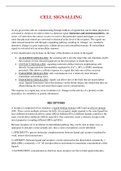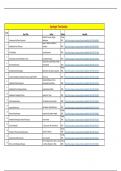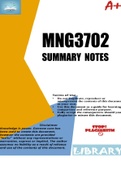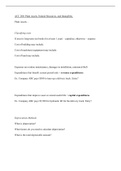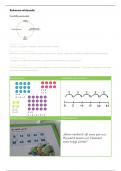Samenvatting
Summary Cell Signalling
- Vak
- Instelling
- Boek
These notes contain an introduction to the topic of cell signalling and more in detail description of some of the most important pathways in the cell and their receptors. The notes include: different types of signalling, generic receptor description, hormone classification, insulin biosynthesis a...
[Meer zien]
